Gennadiy Burlak9781860944444, 1-86094-444-2
From a skill-oriented point of view the book covers the following: electrodynamics of multilayered environments in the spherical geometry; methods of calculating both reflection and transmission coefficients from an alternating stack; calculations of eigenfrequencies and quality factors of electromagnetic oscillations; radial distribution of the electromagnetic field in a spherical cavity; computer methods of calculations with C++ as basic languages and construction of the graphic user interface (GUI); the object-oriented approach as a basis of the modern methods of calculation.
Table of contents :
Contents……Page 12
Preface……Page 6
Introduction……Page 18
I Classical Dynamics……Page 20
1.1 Basic Equations……Page 22
1.1.2 Three-dimensional case……Page 24
1.1.3 Electromagnetic waves……Page 25
1.1.4 Potentials of field……Page 26
1.1.5 TM and TE waves……Page 29
(i) TM case……Page 32
(ii) TE case……Page 35
(iii) Uniform dispersive medium……Page 37
1.1.7 Energy of field……Page 41
1.1.8 Metallized sphere……Page 47
1.1.9 Frequency dispersion……Page 49
1.2 The Variational Principle……Page 51
1.2.1 The Whitham’s average variational principle……Page 53
1.2.2 Energy in a layered microsphere……Page 55
1.4 The Transfer Matrix Method (Solving Equations for a System of Spherical Layers)……Page 56
1.5 Reflection Coefficient and Impedance of a Spherical Stack……Page 62
1.6 Conclusion……Page 67
2.1 Experiments with Microspheres……Page 69
2.2 Lorentz–Mie theory and its extensions……Page 76
2.2.1 Lorentz–Mie theory of elastic scattering……Page 77
2.2.2 Theory of spontaneous emission……Page 81
2.3.1 Indexes and order of a whispering-gallery mode……Page 84
2.3.2 The problem of normalization of the whispering-gallery modes……Page 85
2.4.1 Radiative quality factor of an ideal dielectric sphere……Page 88
2.4.3 Light scattering on inhomogeneities of the refractive index……Page 91
2.4.4 Effect of a spherical submicrometer-size inclusion……Page 95
2.4.5 Comparison of different WGM-scattering models……Page 96
2.4.6 Q factor of a loaded cavity……Page 98
3.1 Introduction……Page 100
3.2 Geometry and Basic Equations……Page 103
3.3 Eigenfrequencies of the Spherical Resonator Coated by the Stack……Page 105
3.4 Radial Distribution of Fields……Page 110
3.5 Discussions……Page 114
3.6 Conclusion……Page 118
4.1 Introduction……Page 120
4.2 Geometry and Basic Equations……Page 122
4.3 Results and Discussions……Page 125
4.4 Conclusion……Page 131
5.1 Introduction……Page 132
5.2 Basic Equations……Page 133
5.3 Results and Discussions……Page 135
5.4 Conclusion……Page 139
6. Oscillations in Microspheres with an Active Kernel……Page 140
6.1 Basic Equations……Page 141
6.2 Results and Discussions……Page 142
6.3 Conclusion……Page 148
7. Transfer Matrix Approach in a Non-Uniform Case……Page 149
7.1 Approach to a Non-Uniform Case……Page 150
7.2 Example. Non-Uniform Electron’s Concentration……Page 153
II The Quantum Phenomena in Microspheres……Page 158
8. Coupling of Two-Level Atom with Electromagnetic Field……Page 164
8.1 Transitions under the Action of the Electromagnetic Field……Page 166
8.2 The Equations for Probability Amplitudes……Page 167
8.3 Derivation of the Equation for Polarization of TLA: Dielectric Permittivity……Page 169
8.4 Temporal Dynamics of Polarization and the Probability Amplitudes……Page 172
9.1 Schrodinger Equation……Page 176
9.2 Matrix Form for Two-Level Atom……Page 177
10. Quantization of Electromagnetic Field……Page 180
10.1 Energy of Field……Page 181
10.2 Structure of Vacuum Field……Page 185
11.1 Equations for the State Vectors……Page 187
11.2 Equations for Operators……Page 190
11.2.1 Operator’s calculations……Page 191
12. Two-Level Atom (The Matrix Approach, a Quantized Field)……Page 192
12.1 Equations for Probability Amplitudes in Spherical Coordinates……Page 197
13.1 Introduction……Page 201
13.2 Basic Equations……Page 204
13.3 Results and Discussions……Page 209
13.4.1 Basic equations……Page 219
13.4.2 Wigner function……Page 226
13.5 Conclusions……Page 230
III Numerical Methods and Object-Oriented Approach to the Problems of Multilayered Microsystems……Page 232
14. Use of Numerical Experiment……Page 236
14.1 Introduction……Page 240
14.2.1 Data……Page 241
Arrays……Page 242
Structures……Page 243
Conditional Statements……Page 244
Switch Statements……Page 245
Iteration Statements for Loops……Page 246
While Loops……Page 248
Function Declarations and Definitions……Page 249
Return Values……Page 251
Recursive Functions……Page 253
Overloading……Page 254
Function Types……Page 255
14.2.4 Interacting the data of class with member functions……Page 256
14.2.5 Classes……Page 258
14.2.6 Access to members……Page 259
14.2.7 Virtual functions……Page 262
14.2.8 Overloading the mathematical operator……Page 266
15. Exception Handling……Page 269
15.1 Code……Page 271
16.1 DOS and Visual Programming……Page 273
16.2 Controls, Events and Handlers……Page 274
16.3 Graphical User Interface……Page 278
17.1 Introduction……Page 279
17.2 Code……Page 280
17.3 Classes……Page 283
18.1 Introduction……Page 289
18.2 Code……Page 290
18.3 Classes……Page 294
19.1 Introduction……Page 303
19.2 Code……Page 304
19.3 Classes……Page 309
20.1 Introduction……Page 312
20.2 Code……Page 313
20.3 Classes……Page 324
21.1 Introduction……Page 343
21.3 Classes……Page 346
22.1 Introduction……Page 359
Appendix A: Calculation of Field’s Energy in a Sphere……Page 368
Appendix B: Calculation of Surface Integral……Page 371
Appendix C: Continuity of Tangential Fields……Page 372
Appendix D: Integral on Bessel Functions……Page 373
Appendix E: Surface Integrals for Dipole……Page 374
F.1 Legendre Polynomials……Page 376
F.2 Spherical Functions……Page 377
F.4 Spherical Bessel Functions……Page 378
G.1 File BGNDefg.h……Page 379
G.2 File BGNutil1.h……Page 381
Bibliography……Page 383
Index……Page 396
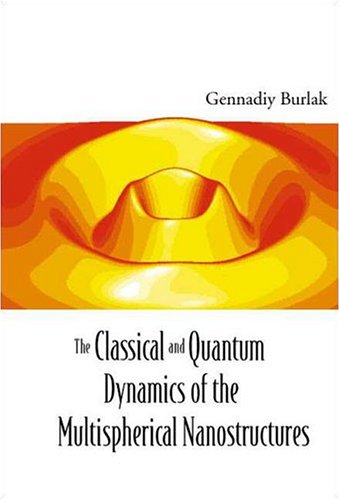
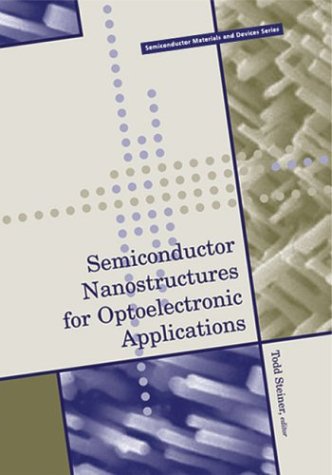
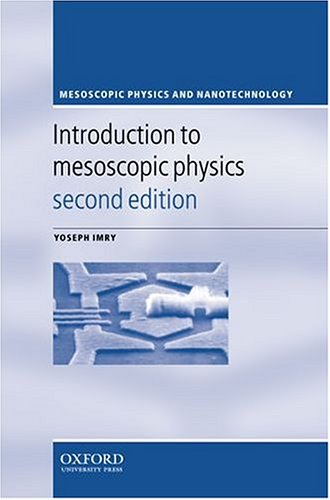
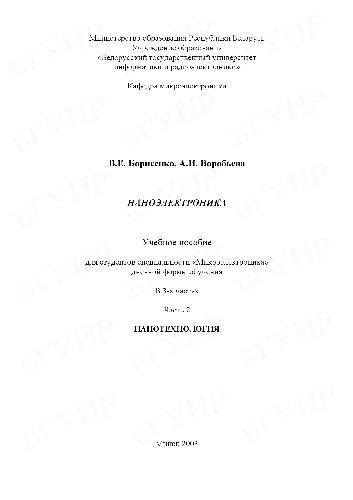

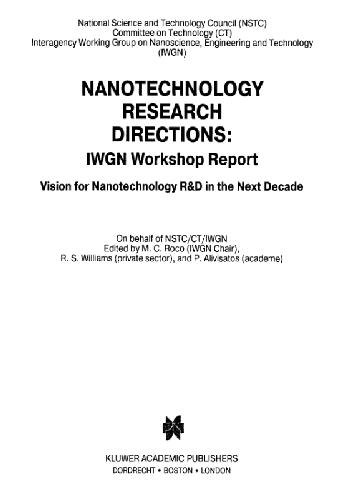
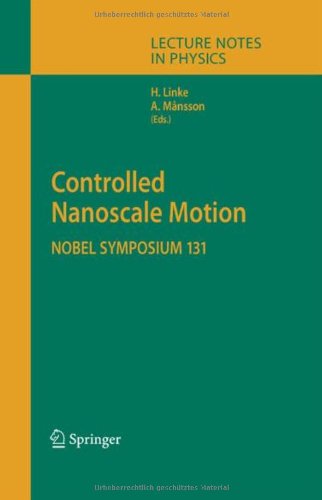
Reviews
There are no reviews yet.